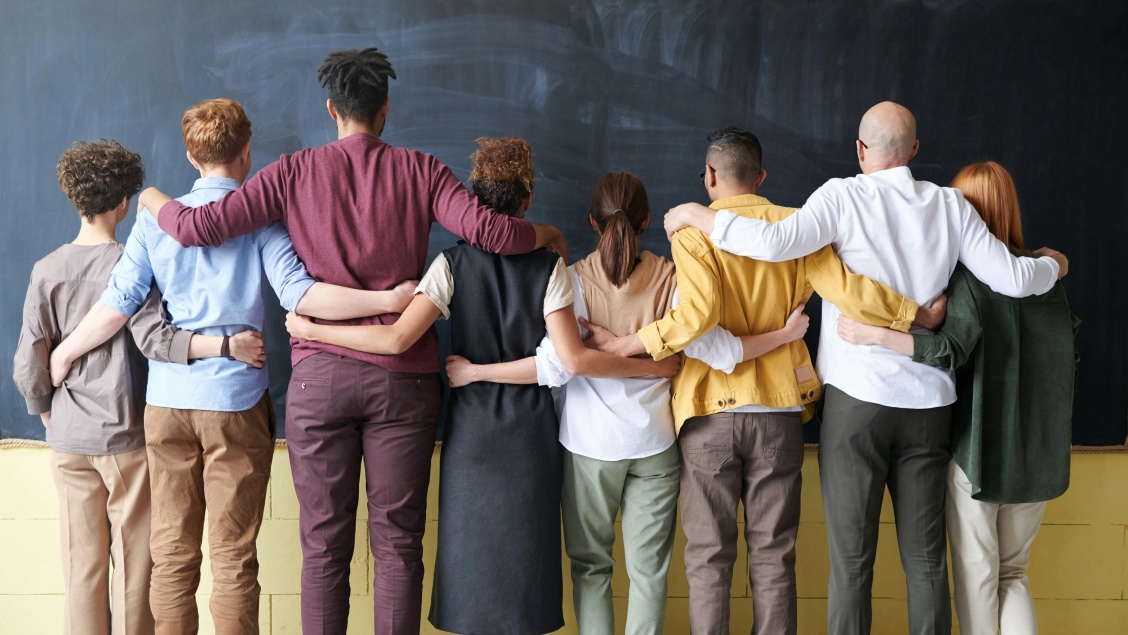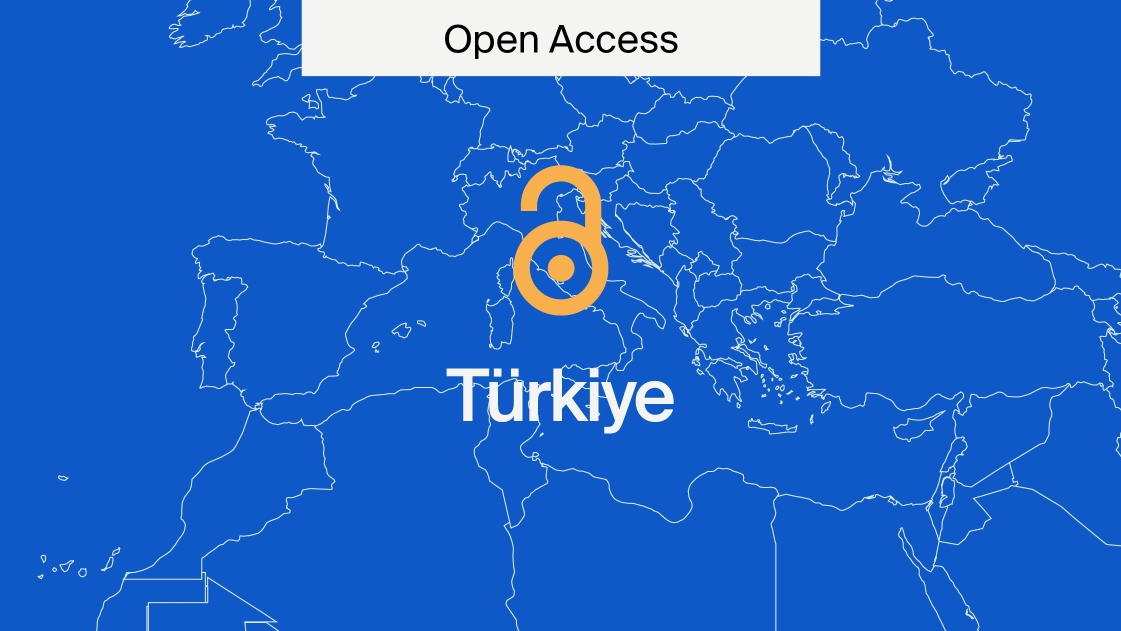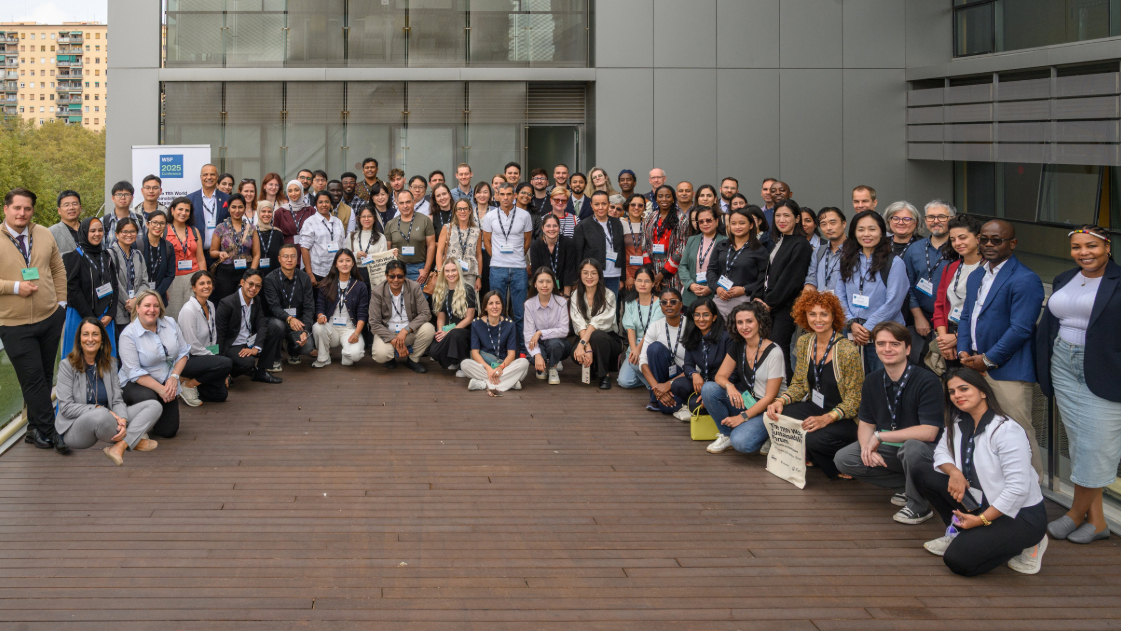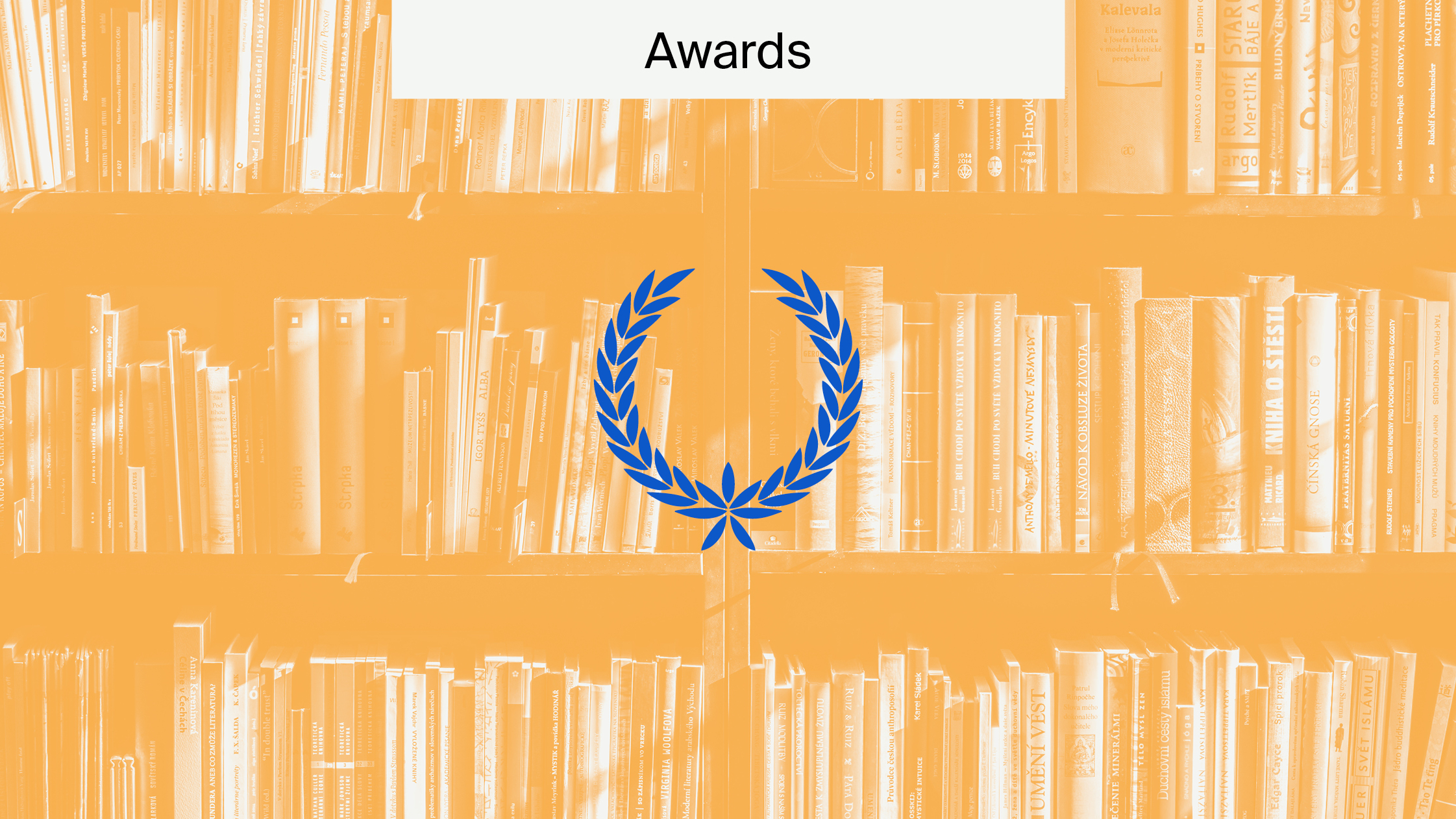
How Cultural Diversity Benefits Us
The UN recognises the value of cultural differences with its World Day for Cultural Diversity for Dialogue and Development on 21 May. It aims to highlight the essential role of intercultural dialogue for achieving peace and sustainable development.
Here, we’ll be exploring cultural diversity, its history as a concept, what factors influence it, and how educators can work to encourage intercultural dialogue and understanding.
What is cultural diversity?
Cultural diversity broadly refers to the cultural variety and differences that exist in the world, a society, or an institution. More specifically, it can refer to the inclusion of diverse people in a group or organisation.
The World Day aims to deepen our understanding of intercultural values and to promote the four goals of the UNESCO Convention on the Protection and Promotion of the Diversity of Cultural Expressions established in 2005:
- Support sustainable systems of governance for culture.
- Achieve a balanced flow of cultural goods and services and increase the mobility of artists and cultural professionals.
- Integrate culture in sustainable development frameworks.
- Promote human rights and fundamental freedoms.
The UN asserts that culture can be a means to achieve prosperity, sustainable development, and global peaceful coexistence. By bringing together the world’s variety and creativity, it could even help in tackling the Sustainable Development Goals (SDGs).
The SDGs are 17 broad goals put forward by the UN to globally establish peace and prosperity by tackling the world’s most pressing issues together.
How was cultural diversity previously recognised?
Culture in global law
An article in Diversity from 2010 describes the history of cultural diversity in global law.
The authors highlight, after World War 1, there was a boom in international trade. As a counterforce to economic globalisation, which was being established by the rules set by the World Trade Organisation, a drive to protect cultural diversity emerged.
However, at this point, the scope of culture was limited to media such as films, TV programmes, and sound recordings. Though these forms of media are highly important in communicating culture, protecting cultural diversity was stuck in an approach that framed it as trade versus culture, which was seen only as media.
But what else makes up cultures and how they meet?
How culture meets at borders
An article in Education Sciences explores cultural perceptions of adolescents living in the border area between Spain and Morocco.
The authors explain how borders are complex. The geographical boundaries are clear, but the cultural and human boundaries are very blurred. As a result, borders are often spaces of conflict and exclusion, but can also present opportunities for education and diversity.
The study involves analysing the results of a questionnaire given to 751 adolescents living in border cities in Spain and Morocco. Questions seek to uncover how the adolescents shape their identities and identify with the ways of life and habits of the neighbouring countries. Then, it looks at the contextual factors influencing such perceptions.
Factors influencing cultural perceptions
The study found that the Spanish adolescents had few relatives that emigrated to Morocco, whilst more than half of the Moroccan adolescents had family that emigrated to Spain. Spain and Morocco are separated by 14 km. This represents the shortest divide between Africa and Europe, known as the Strait of Gibraltar.
Perhaps as a result, the study found the Spanish adolescents felt their cities were more culturally diverse than the Moroccans adolescents did.
Moreover, the study found that Moroccans adolescents consume significantly more Spanish media than vice versa and identify more with Spanish habits and ways of life than vice versa too. As expected, it also found that Spanish adolescents identify more with their own culture than the Moroccan adolescents with theirs.
The authors highlight how broader perceptions of Africa and Europe and Spain’s colonial past in Morocco strongly mark the cultural perceptions. Furthermore, they note that the processes of identity construction, which are pivotal during adolescence, become precarious when there is an interaction of cultures marked by power and colonisation.
The study shows how borders display the complexity of intercultural relationships. Diverse factors influence perceptions, including media, emigration, and history. With Spain and Morocco, it seems there is a deeper understanding of and identification with Spain by Moroccans adolescents than vice versa.
But how can we encourage cultural dialogue to deepen understanding?
Cultural dialogue in the classroom
An article in Sustainability explores a programme created to promote dialogue to help children and adolescents overcome stereotypes and prejudices.
The authors aim to promote cultural literacy, which they define as a set of attitudes and skills that are needed to understand others in their everyday lives. These include inclusion, tolerance, empathy, and dialogue.
The programme involves fostering debates on social responsibility issues and addressing topics like citizenship, diversity, and human rights. They tested this on children and adolescents in pre-school (aged <6), primary school (ages 6‒11), and secondary school (12‒16).
Interestingly, the results were varied. The pre-school and secondary school discussions were less successful than the primary school ones. This, they speculated, was because the student‒teacher interaction in pre-school children wasn’t developed enough to create a dialogue, and the secondary school children were more focused on grade outcomes.
Also, they found the teacher’s role was essential. Their role was to create an open and safe space and guide discussions that encouraged the children and adolescents to speak. Primary school children are at an age when they are developing their dialogue skills, which could be why their conversations around cultural diversity were the most successful.
Overall, the study found that the program was effective in helping children and adolescents overcome pre-existing stereotypes and prejudices and in fostering discussion. The dialogue improved progressively over the course of the sessions, with increases in mutual understanding and knowledge about social responsibility issues. This was especially true in the children at primary schools.
Why we need cultural diversity
Celebrating cultural diversity involves recognising and respecting the differences between people. Research shows that the meeting of cultures is often informed by complex historical and geographical factors, sometimes even negatively impacting people’s relationships to their own cultures.
Thankfully, cultural dialogue can be encouraged and established, even in young children. Days like the UN’s World Day for Cultural Diversity are valuable reminders of the openness and respect we need to actively pursue, as the UN explains, to achieve peace and sustainable development.
MDPI makes all its research immediately available worldwide, giving readers free and unlimited access to the full text of all published articles. It has over 400 journals dedicated to providing the latest findings, with many options for research related to diversity and intercultural relationships.
If you’re interested in submitting your work, see our full list of journals here.










